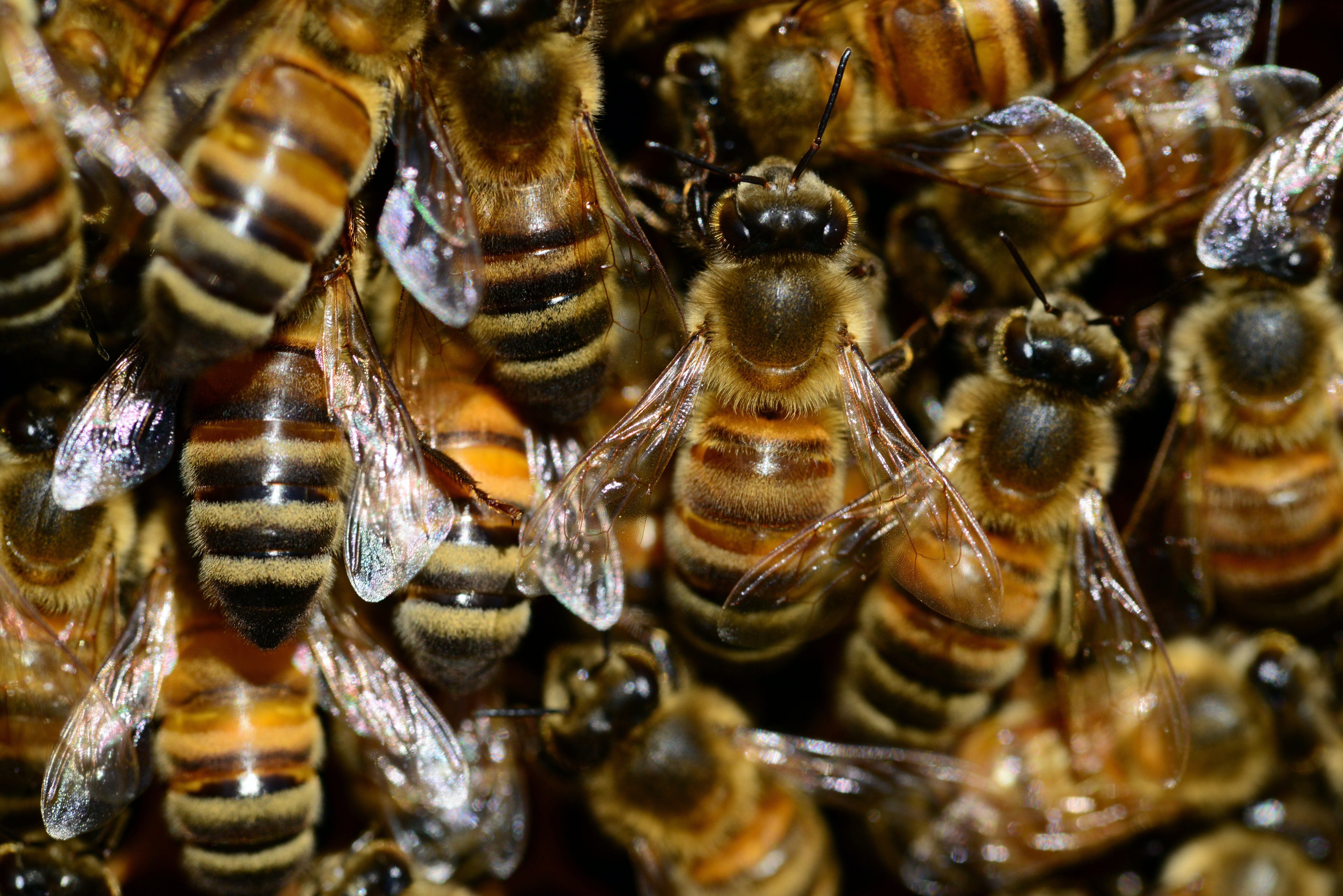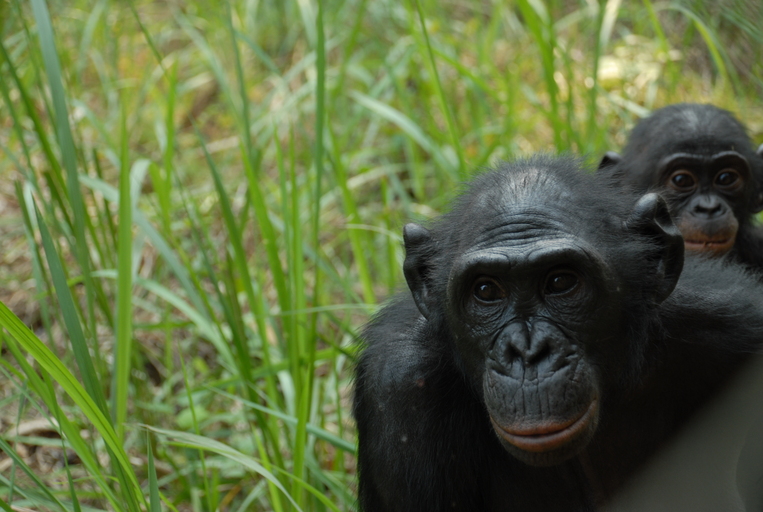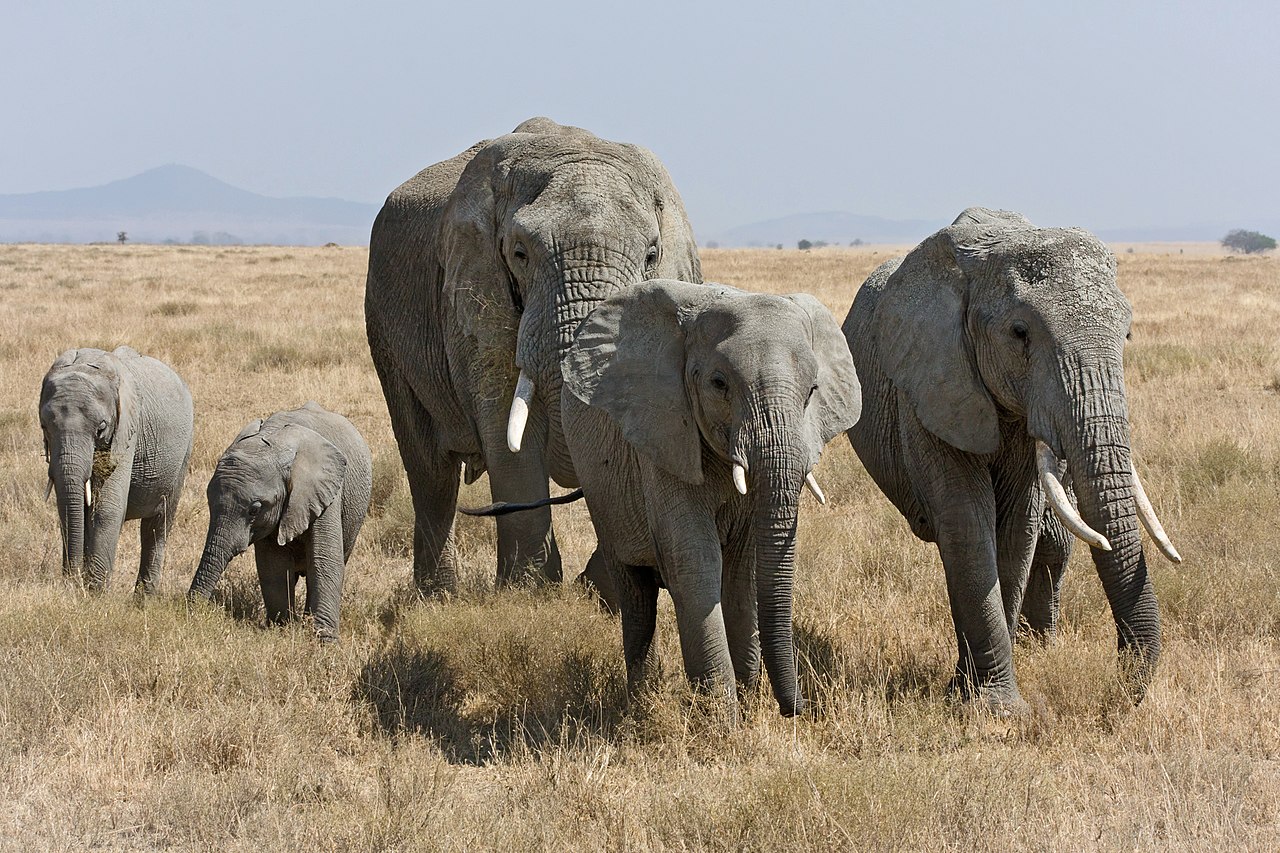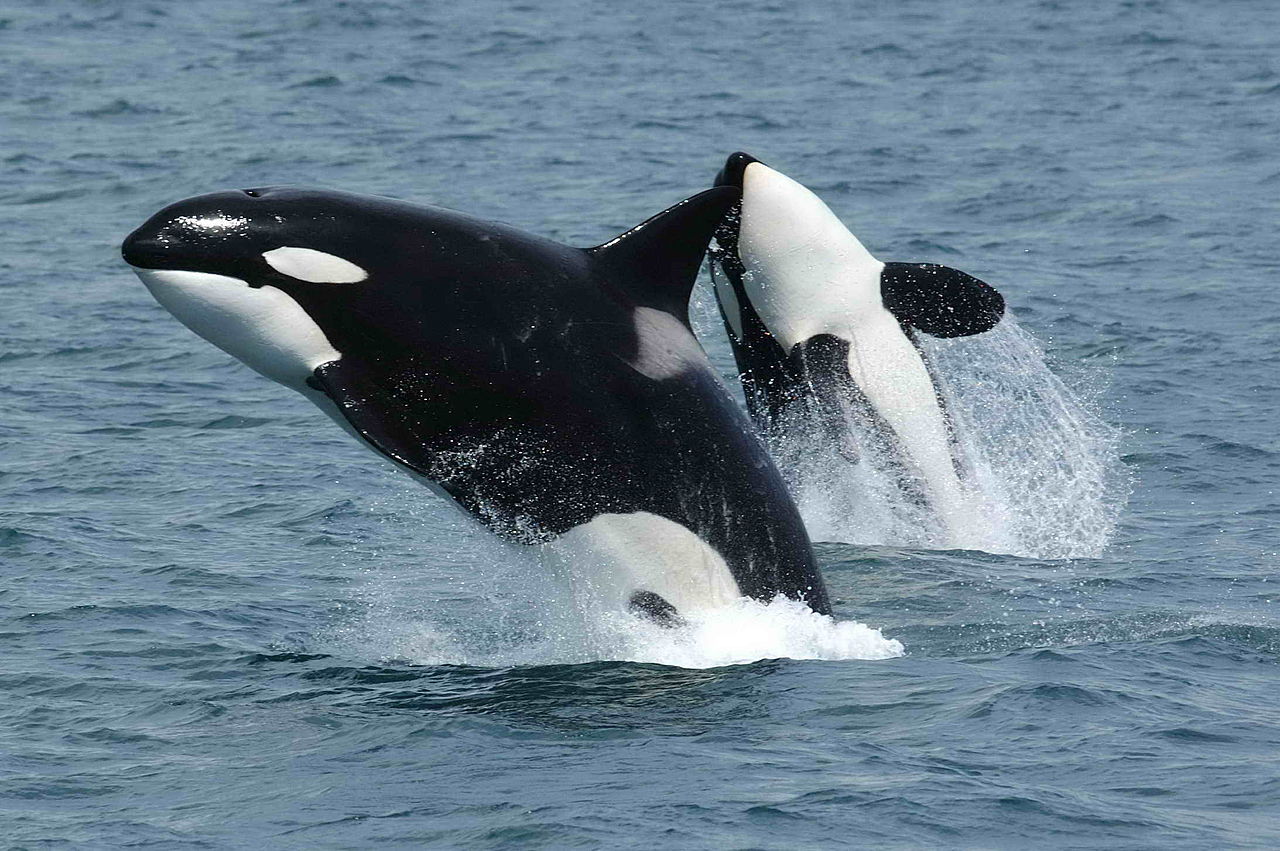Blog

#bioPGH Blog: Galentine’s Day in the Wild World
 A resource of Biophilia: Pittsburgh, #bioPGH is a weekly blog and social media series that aims to encourage both children and adults to reconnect with nature and enjoy what each of our distinctive seasons has to offer.
A resource of Biophilia: Pittsburgh, #bioPGH is a weekly blog and social media series that aims to encourage both children and adults to reconnect with nature and enjoy what each of our distinctive seasons has to offer.
This week brought a holiday of roses, chocolates, red velvet pancakes, and even better…Galentine’s Day — the day to celebrate gal pals! And what better way to celebrate the importance of female relationships than to explore how some of those relationships play out in nature? For this week’s adventure, we are going to stray a bit outside of Pennsylvania as we check out some of the most fascinating examples of social structures that rely on female relationships.
Honey Bees
Here in Pennsylvania, we can zoom in on honey bees for an intriguing example of female relationships. Bee colonies are predominantly female aside from a handful of drones whose only role is to mate with the queen. Thus, female relationships and cooperation are the backbone of the colony and we can think of these relationships as being built around relatedness of the queen and the workers. The queen is the only fertile female in a hive; and as she lays up to 2000 eggs per day, a subset of the younger worker bees help to raise the larvae while older worker bees go out to forage and bring food back to the hive. This relationship is thought to work so well because of an odd quirk of natural selection. According to this theory, a major goal of existence is to pass on one’s genes — usually that means to reproduce. For female bees, though, this goal of passing down genes is actually accomplished better by supporting sisters rather than raising offspring. Due to the chromosomal make up of male bees (the fathers), worker bees share 75% of their DNA with their sisters but only 50% of their DNA with their own offspring. Therefore, more genetic information survives to the next generation by ensuring the survival of a sister rather than offspring. If we expand this principle to a group level, it works out best for bees to have one female who produces numerous offspring who are then raised by their sisters. So let’s sing it out — we are family, I got all my sisters with me!

Bonobos
The smaller “cousins” of chimpanzees, bonobos are unique among the great apes in that their social groups are matriarchal. Bonobos troops are led by females, and the females form close bonds with each other. Those bonds can translate into powerful coalitions of back-up when the larger males cause a ruckus. Overall, though, disturbances are rare since the close-knit bonding and intentional tension-defusing behavior (often sexual) of female bonobos lead to a much more peaceful existence than that of their more violent and aggressive chimpanzee relatives. And notably, bonobo bonding and cooperative behaviors aren’t based on family relationships. Unrelated females assist each other and bond just as readily with non-relatives as with sisters, aunts, etc. And when coalitions are necessary to quell any potentially aggressive behavior from males, it is often a matter of older females supporting younger females. Love it!

Elephants
Elephant social dynamics are another classic example of female relationships. Typical elephant herds are matriarchal and are comprised of related females of various ages and young males; but once the males approach maturity, they begin striking out on their own (or are “encouraged” to strike out on their own by older females). Within the herds, mothers, daughters, aunts, sisters, and grandmothers form close bonds with each other, and they often stay with their female relatives their entire lives. They generally have a hierarchy that grants rank according to age and size, but the groups remain cooperative together regardless of rank. But in all fairness, it should be noted that although males were historically written off as loners, they will often form loose or even complex bachelor groups.

Killer Whales
Because it is important to represent the biology of both land and sea…or perhaps I watched Free Willy too many times as a seven-year-old…but another matriarchal species worth noting is the killer whale (or orca, if you prefer). This particular example, though, is less strictly based on female interrelationships and more focused on mothers’ and grandmothers’ relationships with their offspring and grand-offspring. Killer whales will spend their entire lives with their natal pod — the family group they were born into — and in particular, they stay with their mothers. Individuals only stray from their groups as adults when seeking a mate (a strategy to avoid inbreeding), but aside from that, the relationship to mom and grandma are keys to survival. Female orcas can live up to 90 years old, which is 30-40 years longer than the average male, and the females even experience menopause! But their longevity benefits their grandchildren: calves have higher mortality rates without their grandmothers, suggesting grandmothers play some sort of critical role in the pod to support calves or mothers. (On a personal note, the maternal connection holds true; the only time I have seen killer whales in the wild, it was not a full pod. It was a transient female and her adult sons hunting porpoises in the Salish Sea, home of the famed Southern Residents.)

So, let’s celebrate the power of female relationships in complex social structures! And even deeper than that, if we take a minute to look at what makes these relationships so amazing, we can look beyond sex or gender. The power in those relationships comes from mutual support, from compassionate cooperation, and from empathy. The power comes from recognizing that there is strength and the potential for peace when working together and when working for the benefit of others. Now that is something to learn from and celebrate!
Images: Header, Buiobuione, CC-BY-SA-4.0; cover, Pexels, public domain; honey bees, public domain; Bonobos, Pierre Fidenci, CC-BY-SA-2.5; Elephants, Ikiwaner, Gnu 1.2; orcas, NOAA, public domain.

